The 10 best locations for food tourists to explore
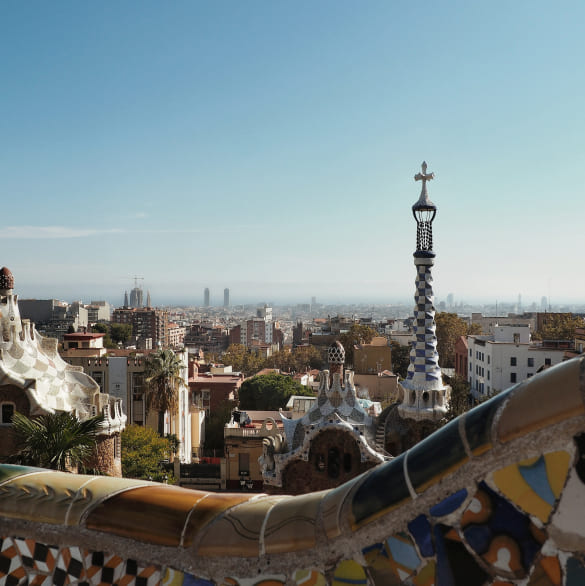
1. Barcelona, Spain
Located in the region of Catalonia, Barcelona has a wealth of food and drink to sample, including tapas. The beautiful thing about the tapas that’s become synonymous with Spanish cuisine is that it gives you the chance to try many different dishes in one sitting.
Can’t decide what you want? It doesn’t matter! Although there are some staples, the dishes offered will likely vary from region to region. Here are some Catalonian specialties to look out for:
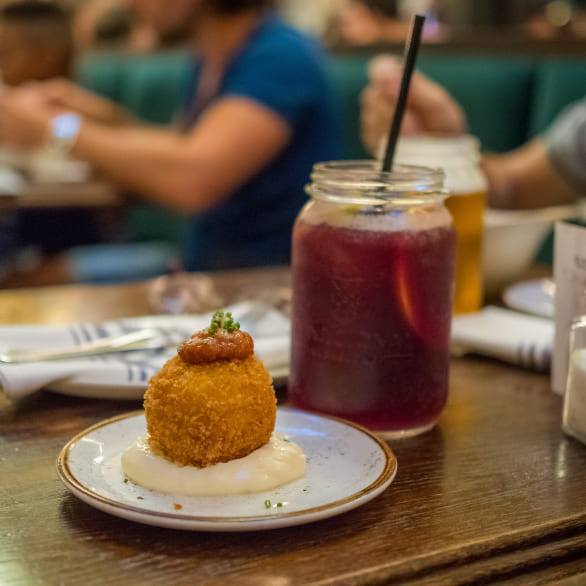
Bombas
The birthplace of these potato treats is disputed (some say Barcelona, others don’t) but the taste certainly isn’t. Mashed potatoes are stuffed with spiced meat or octopus before being coated in breadcrumbs, fried and topped with bravas sauce.
Calçots,
A type of onion that can only be harvested between late autumn and early spring. They’re cooked over open flames so they’re perfectly charred, then served with romesco sauce.
Cua de bou (stewed oxtail)
The oxtail is cooked slowly in a traditional Spanish tomato sauce called sofrito and then served with fresh bread for mopping it up.
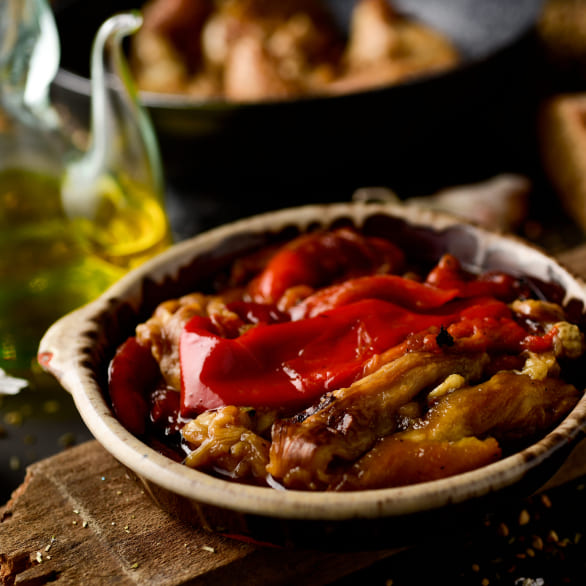
Escalivada
Which consists of roasted peppers, aubergine and onions that have been roasted over hot coals, then served with olive oil and garlic.
Pà amb tomàquet
Toasted bread is taken to the next level by being rubbed with local tomatoes, olive oil and salt. It’s often served as tapas or a side dish in restaurants all over Barcelona.
You’ll have plenty of choice if you’d prefer to eat a single dish instead, from the popular tortilla española, a simple potato omelette, to the classic paella and its pasta-based sibling, fideua.
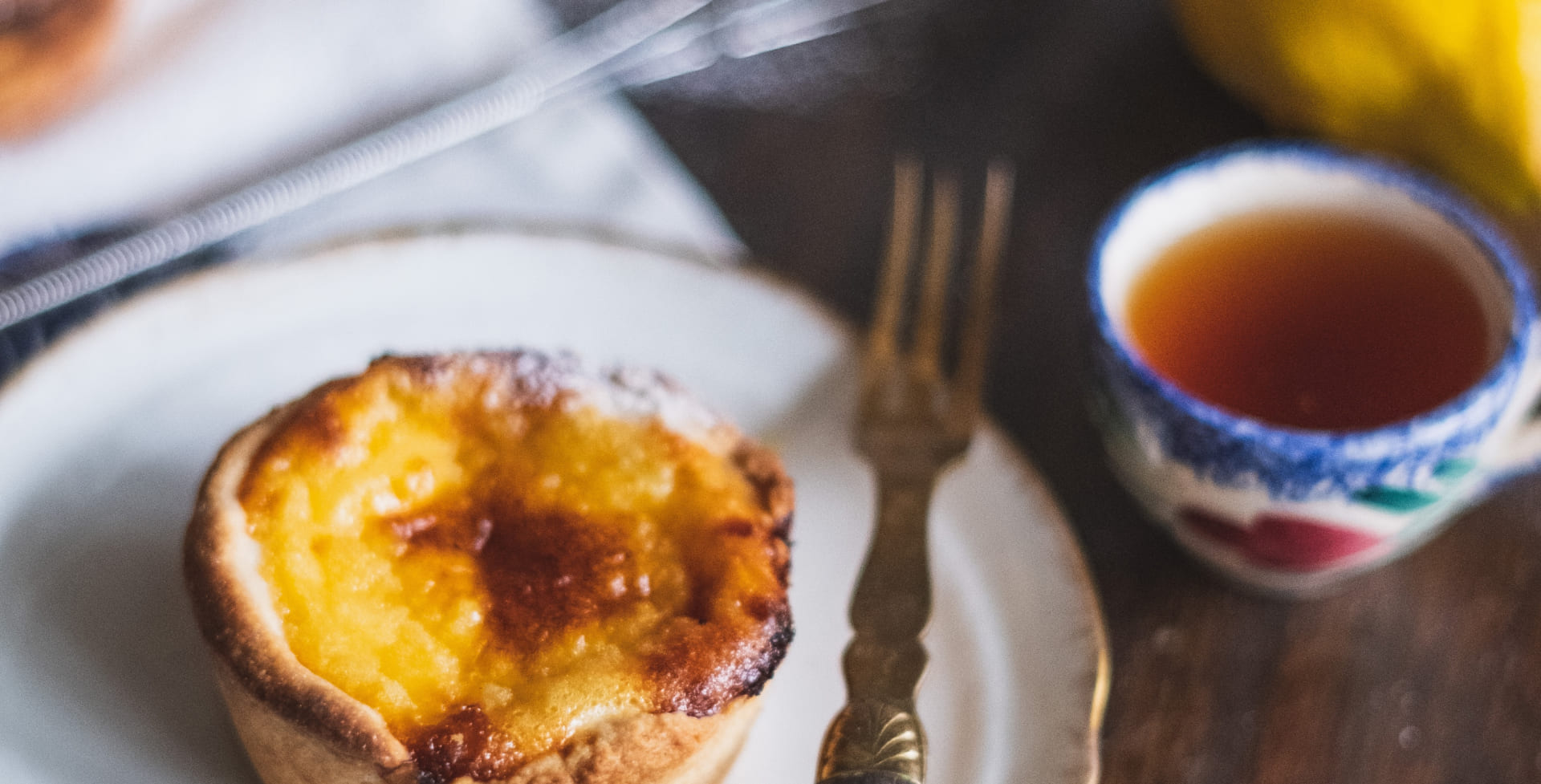
2. Lisbon, Portugal
From sweet pastéis de nata to freshly caught seafood, the Portuguese capital has become as famous for its cuisine as it has for its landmarks and architecture. The city’s location on the mouth of the River Tagus, leading to the Atlantic Ocean, means there’s no shortage of fresh fish and shellfish to be incorporated into recipes. Try a hearty traditional caldeirada (fish and potato stew) or arroz de marisco (seafood rice, often made with prawns, mussels and clams). There’s also Portugal’s national dish: bacalhau (salted cod). Bacalhau can be prepared in many ways, including with fried potatoes and onions, with cream, or in the form of croquettes.
Don’t panic if seafood isn’t your thing — there’s still plenty to try. Meat eaters will enjoy the rich juiciness of leitão (suckling pig seasoned with garlic, bay leaves, salt, pepper and pig fat), while vegetarian and vegan options are becoming more common as the demand grows, often with a focus on locally sourced ingredients.
And anyone with a sweet tooth will love pastéis de nata: delicious egg-custard tarts. They were created by monks in the 1700s as a way to use up leftover egg yolks and have since become a firm favourite.
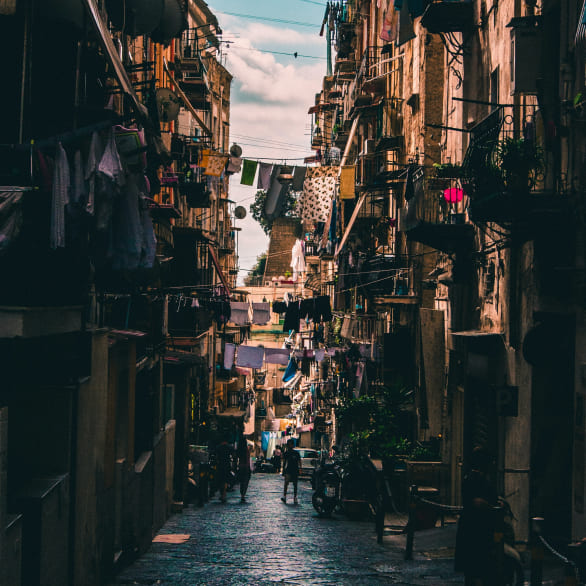
3. Naples, Italy
Italy is well known for its incredible food, so it’s difficult to narrow it down to one city. But there’s just something about Naples. Visit a family-run restaurant and you’ll sample recipes that have been passed down from generation to generation.
The city’s most famous dish is its pizza, set apart by the soft, thin, smoky crust that’s slightly charred from the wood-fired oven, flavourful San Marzano tomatoes and creamy mozzarella cheese. It can be tempting to subsist on pizza for your entire trip, but be sure to try out these Neopolitan specialties too.
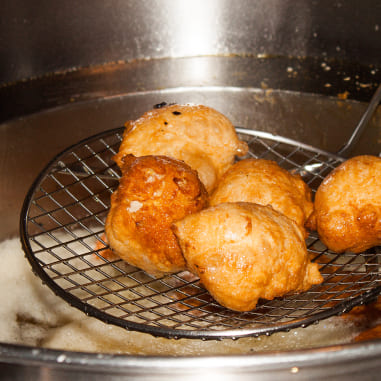
Crocchè
Potato croquettes made from mashed potatoes, eggs, grated Pecorino or Parmesan, nutmeg and parsley, then coated in breadcrumbs and fried. They’re often eaten as a quick snack.
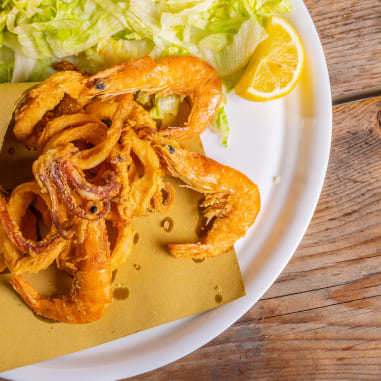
Cuoppo
A street-food snack served in a cone. Seafood (such as shrimp, squid and small fish) and vegetables (such as courgette flowers and aubergine) are cut into bite-size pieces and deep fried, then eaten on the go.
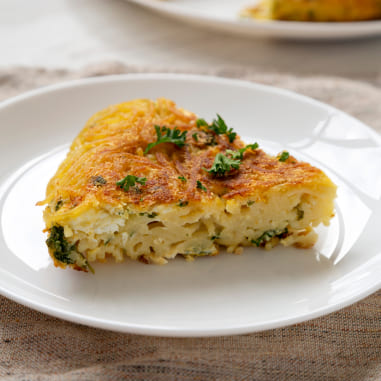
Frittatina di pasta
At its most basic, spaghetti is mixed with bechamel sauce, provolone cheese and peas, then coated with breadcrumbs and fried. Some vendors may add meat, such as ham, salami, or ragù, or use a different pasta shape.
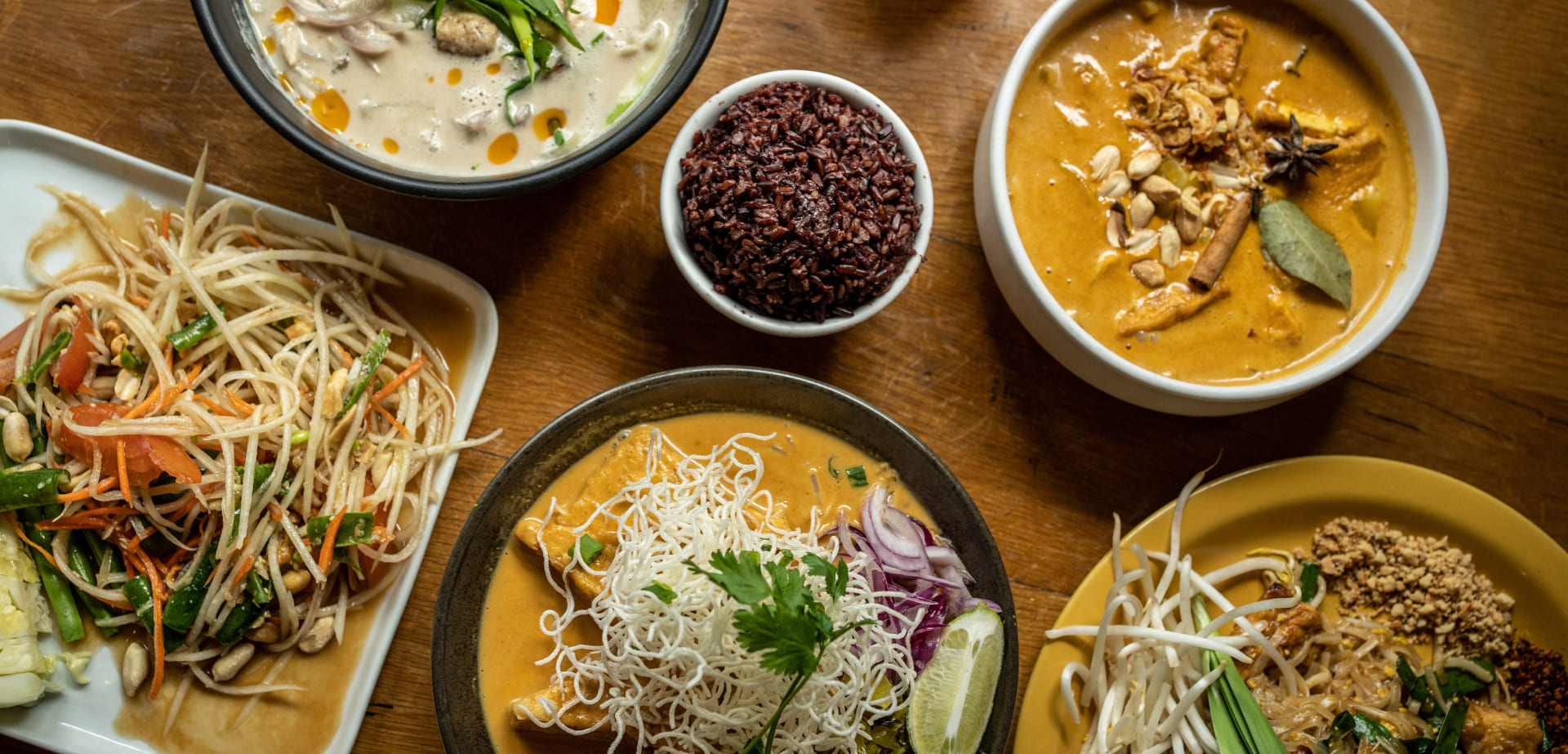
4. Bangkok, Thailand
Thai is one of the most popular cuisines worldwide, with many countries offering their versions of it. But you can’t beat going straight to the source for some authentic food and drink. Street food is a huge part of Thailand’s culture, especially in Bangkok, and it’s an easy way for you to sample the many flavoursome meals available.
Pad Thai is a must-try. This noodle dish is traditionally made with stir-fried rice noodles, eggs, tofu, beansprouts, and meat or shrimp. These ingredients are mixed in a tasty fish sauce and topped with peanuts, vegetables and fresh coriander. Vegetarian versions are made with soy sauce and no meat or shrimp.
Another classic Thai street food dish is boat noodles, so called because they were originally prepared in canoes floating along the canals in central Thailand. In Bangkok, you can still find boat noodle vendors in Victory Monument’s boat noodle alley. The dish consists of noodles, beef, pork, dark soy sauce, pickled bean curd, garlic and radish, topped with pork crackling and basil. It’s served in a beef broth which is sometimes seasoned with cow blood.
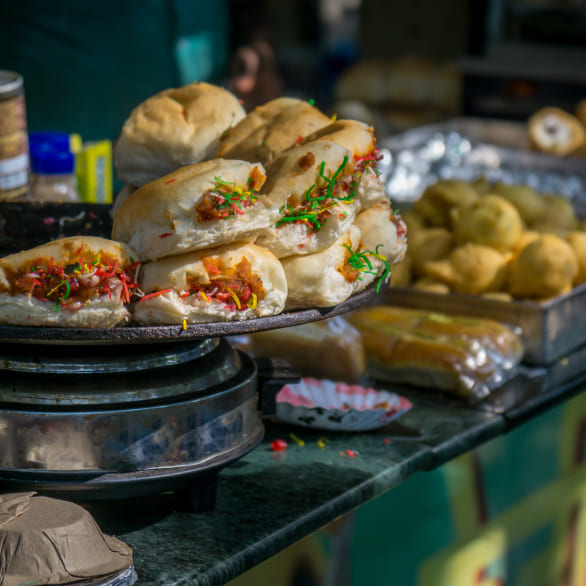
5. Mumbai, India
Mumbai’s cultural diversity is reflected in the sheer volume of different foods available. People from all over India and beyond come to the city and so it’s natural that this would be reflected in its cuisine.
For a real taste of traditional Mumbai, try vada pav — fluffy buns filled with dumpling fritters and chutneys — or the Bombay (Mumbai) sandwich, which is two slices of white bread filled with potatoes, cucumbers, tomatoes, beetroot, peppers, onions, cheese and chutney. Both are filling snacks to get you through a day of exploring.
If you want to try dishes where the influence comes from further afield, start your morning with akuri on toast, the Parsi take on scrambled eggs on toast that’s popular in Mumbai. The eggs are cooked with onions, tomatoes and chillies, then topped with fresh coriander. Every recipe is slightly different though, with some adding extra flavours like cumin, curry leaves, ginger and garlic.
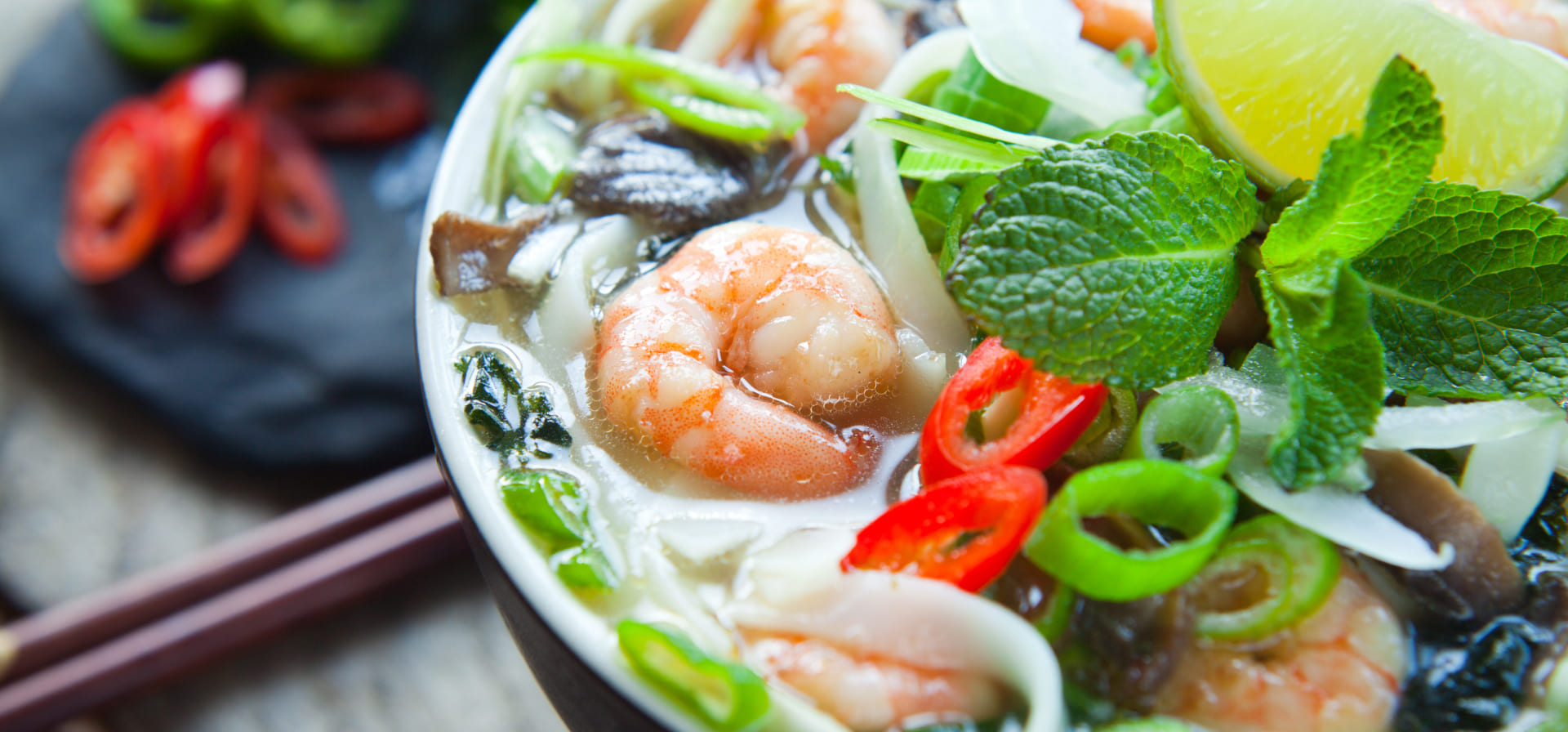
6. Ho Chi Minh City, Vietnam
You’ll never go hungry in Ho Chi Minh City, with stalls and food carts lining the streets at almost every turn. The city is full of residents from all over Vietnam and the cuisine reflects that, with dishes originating from around the country.
Perhaps the most well known Vietnamese dish is pho (pronounced “fuh”), a soup made of bone broth, rice noodles and thinly sliced meat, then garnished with fresh herbs, bean sprouts, chilli and lime. The southern version of pho has a sweeter flavour than the northern version, and there’s great debate over which variety tastes better.
Other must-try dishes include banh mi, a delicious baguette spread with pate and chilli sauce, then topped with meat, pickled vegetables and fresh herbs, and com tam, marinated barbequed pork ribs that’s considered a staple of Ho Chi Minh City dining. Feeling brave? Try snails — they’re cooked and served in spicy sauces. Snails are a social dish, with groups of friends, family and co-workers meeting for a drink and a snack.

7. Tokyo, Japan
It’s not exaggerating to say that Tokyo has everything:
- Traditional, family-run restaurants
- The lively Japanese version of a pub, izakaya
- Yakitori (chicken skewer) joints
- Kaiseki (small plates)
- Sushi restaurants
- Street food vendors
- Markets selling local produce
Establishments tend to specialise in one type of cuisine and do it really, really well, with chefs boasting years of experience. With this in mind, it’s no surprise that bookings are made well in advance, so make reservations ahead of time to ensure you don’t miss out.
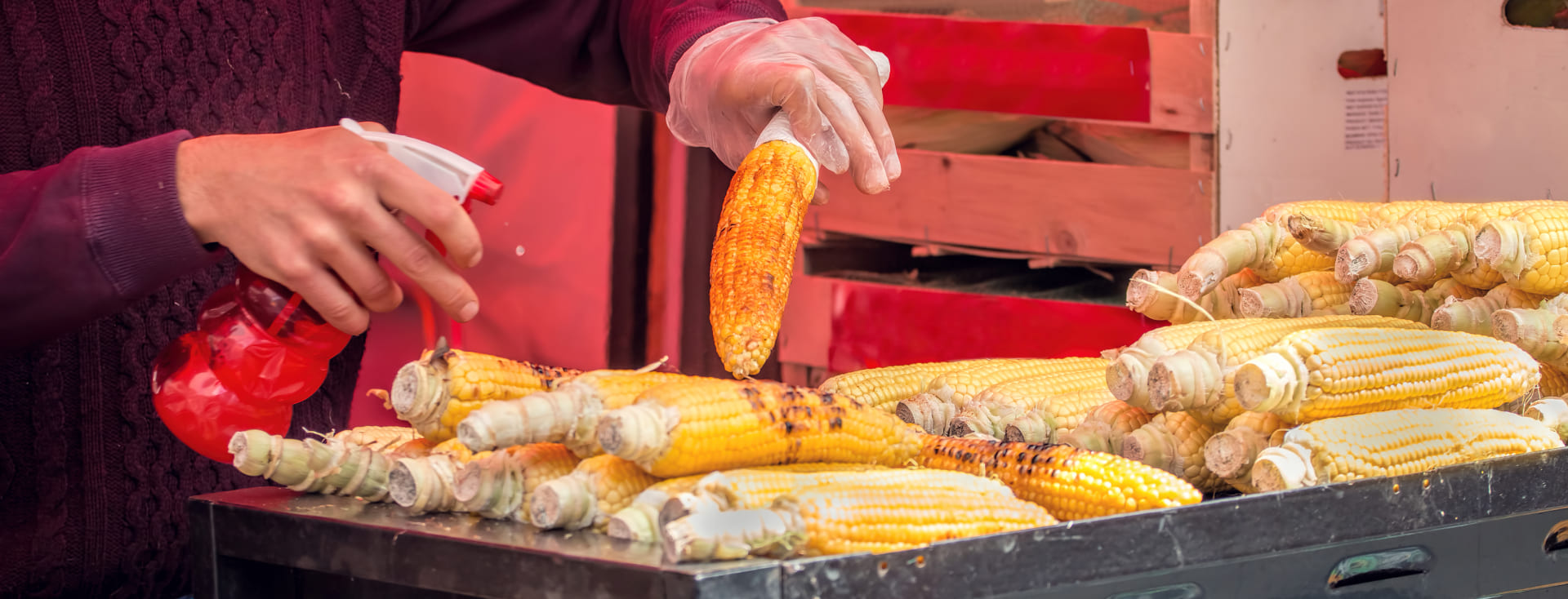
8. Mexico City, Mexico
There’s so much more to Mexican food than fajitas (although, granted, fajitas are still incredibly tasty). And Mexico City is proof of that. The area can trace its cuisine’s origins back to the 14th century, when settlers ate a diet mostly made up of maíz (corn) and frijoles (beans), both of which continue to be staples today.
From well-known classics like tacos al pastor (pork tacos) and enchiladas, to street food snacks like esquites (corn salad in a cup) and tortas (meat, vegetable and cheese sandwiches), to the more unusual dishes like chapulines (toasted grasshopper), there’s something to satiate your hunger.

9. Marrakech, Morocco
Mouth-watering food and warm hospitality lead travellers to Marrakech time and time again. Wander through the medina (the city’s historical centre), shop for spices and other edible goods at a souk, or sit down for a hearty meal at a restaurant.
Morocco’s most well-known dish is tagine, a comforting combination of meat or vegetables, herbs, spices, potatoes and sometimes dates that’s prepared in a clay pot. It’s often served with couscous. There’s plenty more on the menu too, including light bites like zaalouk (spiced tomato and aubergine salad) and sweet treats like chebakia (fried dough covered in syrup) and msemen (flatbread served with butter and jam).

10. Wellington, New Zealand
New Zealand’s capital is a haven for foodies, with an increasing focus on local, seasonal ingredients. The city’s walkability means it’s easy to stumble across somewhere good to eat, especially if you make your way to Cuba Street, which is known for its extensive range of eateries. The types of cuisine offered vary hugely, with chefs taking inspiration from their travels and bringing back new ways to prepare food. Don’t forget to make time to try authentic Māori cuisine, which often features ingredients like kūmara (sweet potato), inanga (whitebait) and freshly baked rewena paraoa (sourdough bread).
Wellington is also known for its coffee and café culture, which is ideal if you need a break between adventures.
